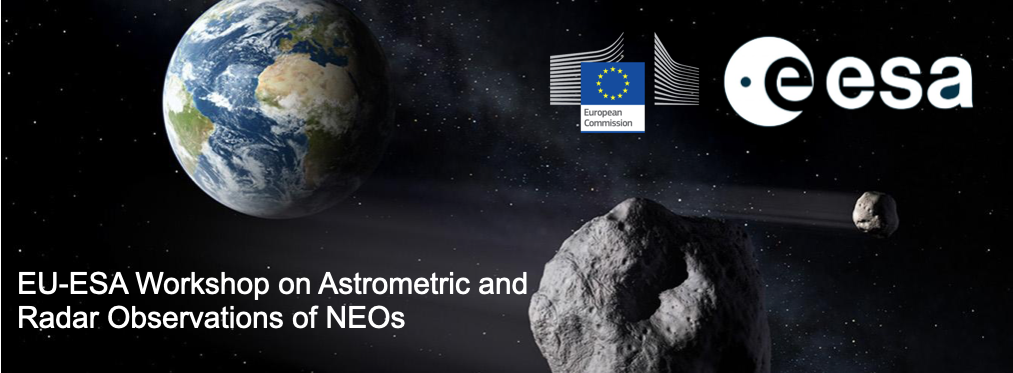There are multiple components to the uncertainty of an astrometric observation.The astrometric solution, based on the pixel coordinates of catalog reference stars, involve coefficients whose uncertainties can be computed using standard linear algebra techniques. Independent of that is the centroid of the target object, which depends primarily on the image width and signal-to-noise ratio,...
Astrometric uncertainties are central to any orbit‑fitting procedure. The result of a fit is a nominal solution, which represents the single orbit that best matches the observations, and a confidence region describing the orbital uncertainty, which includes the set of orbital elements statistically compatible with the data and the error model. For well‑observed asteroids, the region is well...
NEO Surveyor will produce observations of hundreds of thousands of near-Earth objects during its 5-year primary mission. Being taken at mid-infrared wavelengths, the astrometric uncertainties will be generally larger than those from ground-based telescopes, while the planned survey cadence means that each tracklet will cover a longer timespan. The access to low elongations enabled by...
One of our main goals is to provide precision astrometry for high-profile objects, which require having a network of telescopes properly characterised and suite of sensors fully understood. We routinely participate in IAWN campaigns for timing, rapid response, but also do training with close-approachers or artificial objects in high orbits or reentering.
Timing of the observations is...
Accurate orbit determination of near-Earth objects (NEOs) relies critically on the precision of astrometric
observations, including the timing of each measurement. In this work, we investigate the effect of
observation time uncertainty on orbit determination by analyzing observational data with explicit timing
uncertainty information. We performed Orbit Determination task using astrometric...

